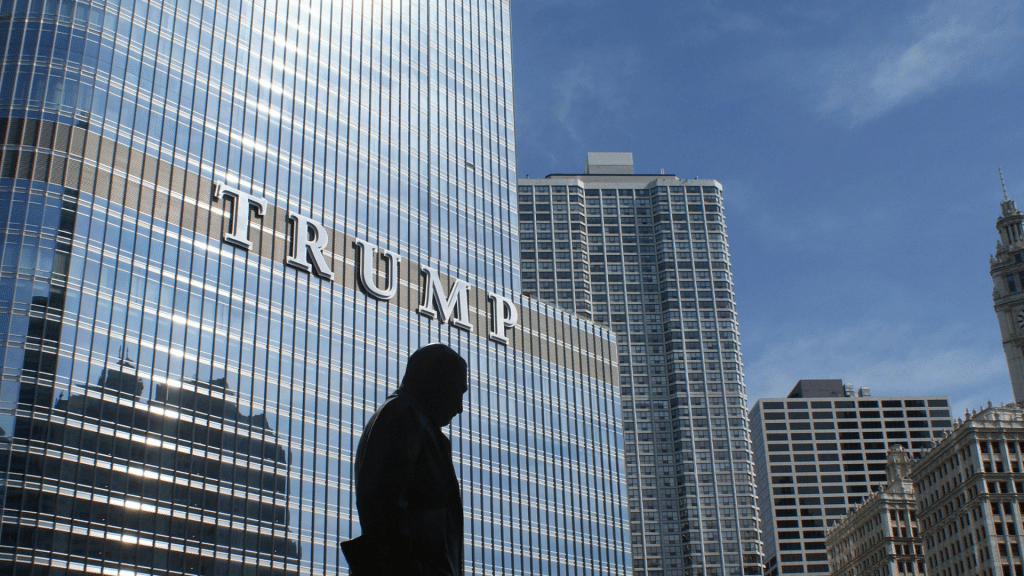What does the Trump era mean for Workplace Relations?
30th January 2025
 Donald Trump has vowed to take on “wokeism” and remove diversity and equality initiatives from US workplaces.
Donald Trump has vowed to take on “wokeism” and remove diversity and equality initiatives from US workplaces.
He began his first week as President with executive orders to put federal employees working on DEI schemes on paid leave, as a first step. Equal Employment Opportunity rules have been revoked and there is more limited scope for employees to lodge cases of discrimination. Private sector employers are now expected to be singled out and face legal challenges to their use of diversity “bias” when hiring staff.
This comes alongside a reversal of policy on climate change — the famous “drill, baby drill’ statement in support of fossil fuels, budget cuts and a withdrawal from the international climate change agreement.
Rather than an aberration, there are signs of a bigger shift in mood internationally. Pragmatism over principles, “strong” leadership over concessions to what some see as secondary issues of equality and social responsibility. So the causes that once appeared to have general support have become the subject of scepticism. In the UK, it’s being seen most obviously in the government’s drive for growth and expansion of infrastructure over consideration for the environment and net zero targets.
Workplace Impact: Polarisation and Priorities
More hard-nosed attitudes — and an acceptance of those attitudes as the norm, as the new reality — have implications for workplaces. Not least in encouraging more polarisation of views (pro and anti-diversity rules, for example), creating doubts and disputes over the rights and wrongs of what constitutes “discrimination”, and arguments over priorities: can employers and their employer brands get away with only focusing on profits; putting sustainability efforts on hold; maybe even seeing wellbeing as an issue that employees just have to manage for themselves?
The backlash against home working, as well as the response from disgruntled employees, is another example. In a KPMG survey, 83% of CEOs expected all their staff to be office-based within the next three years. This year, bosses at JPMorgan Chase and WPP have demanded staff return to full-time office working (leading to JPMorgan having to shut down the company’s internal chat forum, and a WPP petition signed by 18,000 staff).
Clarity, Trust, and Conflict Resolution
Whatever the rights and wrongs of the issues involved, what matters for employers is keeping a sense of clarity. An organisation has to keep hold of its sense of purpose, something its people can feel a part of. And in a context of division and confusion, there has to be a foundation of trust in the organisation’s approach to dealing with conflict: so that people know they still have a voice and will be listened to; and they know there’ll be a reasonable response and a positive way to clear the air.
In other words, the right kind of grown-up environment where people are allowed to have differences — in their beliefs and personalities and approaches to work — and that can be accepted, dealt with, and be a source of strength. That environment is created from good systems and processes for dealing with conflict, like the willingness to make use of mediation and approaches like neutral assessment, and making sure managers are equipped with the skills they need to deal with difficult situations and conversations.
Paul O’Donnell, Managing Director, CMP.
Photo by Carlos Herrero